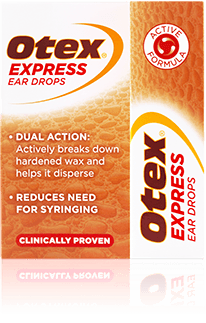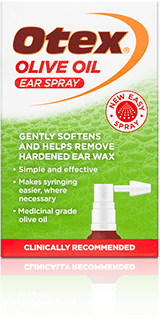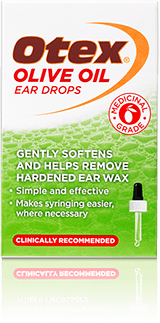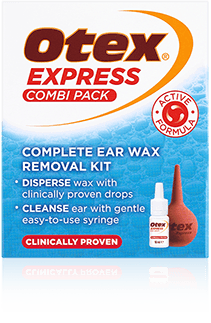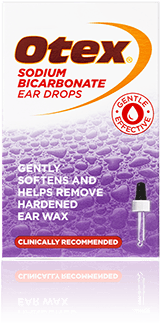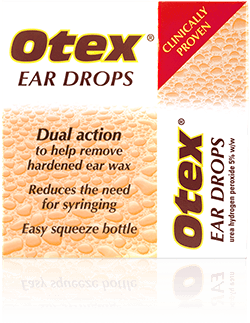Hearing aids and ear wax
We should all know by now that putting things into our ears isn’t good for our ear health. But sometimes we must – such as hearing aids.
Hearing aids change lives – they broaden communication and strengthen relationships. In fact, about 2 million people in the UK use them2. There’s no doubt that hearing aids are essential for combating hearing loss. However, problem ear wax build-up can affect their performance, damage the devices and even cause some annoying symptoms.
Why does ear wax build up?
Ear wax is a natural substance made by the body to keep the ear canal clean. It traps dirt and germs to stop them causing infections inside the ear – making it an essential part of our immune system. Generally, we don’t need to remove ear wax ourselves, as the body naturally expels it from the ears. However, if we produce too much, it may build up too quickly and block the ear canal.
How can it be problematic?
When ear wax builds up and blocks the ears, it can become hardened and impacted. This can block soundwaves from reaching the ear drum, leading to dulled hearing. What’s more, your ears can feel full and uncomfortable. Ear wax build up can also lead to infection, as germs become trapped in the ear canal where it’s warm and moist – allowing bacteria to thrive.
As hearing aids go into your ear, you’re also more likely to push wax deeper into the canal. Just like using cotton buds or earphones, this can also lead to further ear wax build up.
You may think your hearing aids aren’t working correctly, when really, it’s the blocked wax limiting the effectiveness of your devices. The wax can also get into the hearing aid itself, which can block and sometimes damage the device and hinder performance.
How can I avoid it?
If you’re using hearing aids, it’s important to care for them properly. This can help you avoid ear wax build up and keep your devices working at their best. Firstly, consult your device’s instructions, for the right care advice for your specific hearing aids.
- Clean your devices daily: You should clean your hearing aids in the morning or before you go to bed at night. Simply wipe with a clean dry cloth and soft bristle brush to remove any wax build up.
- Avoid moisture and extreme temperatures: You should remove your devices before swimming, using a sauna or hot tub. Wet environments or varying extreme temperatures can cause condensation build up in your devices which can damage them and increase the moisture in your ear canal, which could contribute to ear wax build up.
- Schedule a professional clean. You should have your devices cleaned twice a year by a professional. This, on top of your daily cleaning, will help keep your ears clean and your device working correctly.
- Don’t wear your hearing aids at night. There are many reasons to avoid wearing hearing aids at night – but remembering to take them out lets your ears rest and allows wax to fall naturally from the ear to avoid build up.
What about Otex?
If you’re using hearing aids, you shouldn’t use Otex. Instead, if you’re worried about ear wax build up, speak to your GP who can advise you further.
2 https://www.baaudiology.org/about/media-centre/facts-about-hearing-loss-and-deafness/
Sources:
Browse the Otex range
Find the right product for you.
